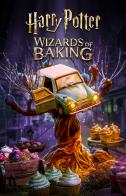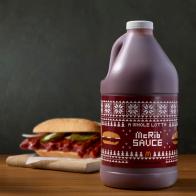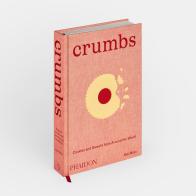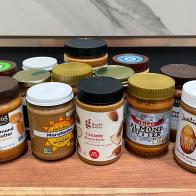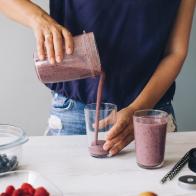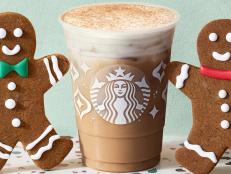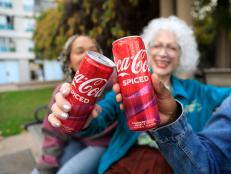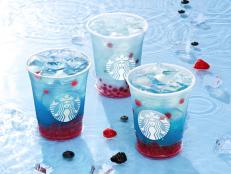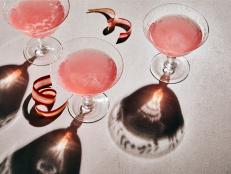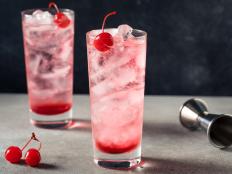What You Should Know about the Energy Drinks on Chain Menus
A growing number of food and drink chains are offering consumers caffeinated energy drinks. Here’s what to look for to avoid drinking too much caffeine, and potentially dangerous side effects.
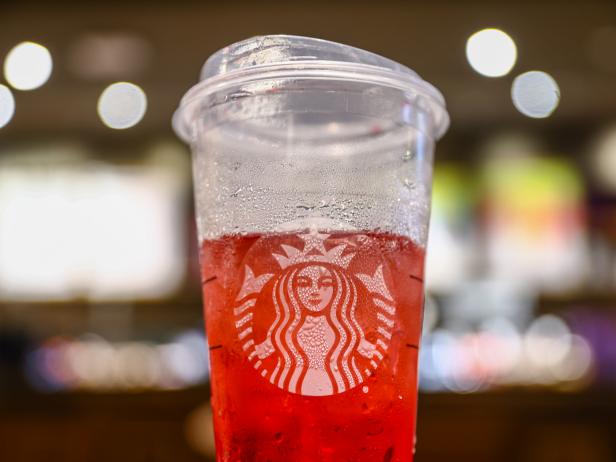
NurPhoto/Getty Images
Most consumers are well acquainted with the cans of energy drinks found on store shelves, but a new generation of stimulant-infused beverages are becoming widely available at chain restaurants. These menu offerings can pose a risk to health and safety, especially to an uneducated patron. Here’s what you need to know about these caffeine bombs that may be flying under the radar.
Coffee and food chains alike have been getting in on the energy drink craze with several popular franchises adding drinks pumped with caffeine and other additives to menus. Many drinks total 200 to 300 milligrams of caffeine per serving, which is more than three times what’s found in an eight-fluid ounce cup of coffee. (A cup of coffee typically contains 80 to 100 milligrams of caffeine.) These brightly colored drinks are commonly available in super-sized cups with free refills, leading to an excessive intake of caffeine.
Panera Bread recently stopped selling its line of Charged Lemonades following a series of lawsuits. Patrons complained of caffeine toxicity, which could possibly lead to death, due to the incredibly high stimulant content of these drinks. Despite these lawsuits, other chains are continuing to roll out stimulant-spiked drinks, many of which also contain other common energy drink ingredients like B-vitamins and taurine. Starbucks’ Iced Energy drinks range from 140 to 205 milligrams of caffeine for a Venti size (with ice) and the long-standing, kid-favorite “Refresher” drinks also contain around 80 milligrams for the same Venti sized cup.
Dunkin’ Sparkd Energy drinks contain almost 200 milligrams of caffeine for a large sized drink. The chain also has a “Refresher” on its menu that averages 130 milligrams of caffeine per serving. Taco Bell and Sonic offer drinks made with Mtn Dew and Red Bull, respectively. In addition to their high-caffeine content, most of these drinks also contain staggeringly high amounts of added sugar (six to nine teaspoons per serving) and empty calories, further adding to concerns over their increased consumption.
The FDA recommends no more than 400 milligrams of total caffeine per day for adults, though for some people this may be too high as tolerance varies. The American Academy of Pediatrics advises that children and teens avoid caffeine all together. Too much caffeine can result in side effects such as increased anxiety, jitters, increased heart rate, stomach upset and sleep disturbances. These risks can be especially dangerous for people with preexisting medical conditions or who take certain prescription medications.
Here are tips for navigating chain drink menus if you’re trying to keep your caffeine intake in check:
- Assume words like “energy,” “charged,” “spark” or “burst” indicate caffeine-containing beverages
- Check restaurant menus and apps ahead of ordering to look up caffeine and sugar content of beverages
- Pay attention to portion size – value menus offer super-sized drinks. If you opt for a caffeinated beverage, choose the smallest available
- Beware of free refills
- Drink these with food to help slow the absorption of caffeine
*This article was written and/or reviewed by an independent registered dietitian nutritionist.
Related Content:





